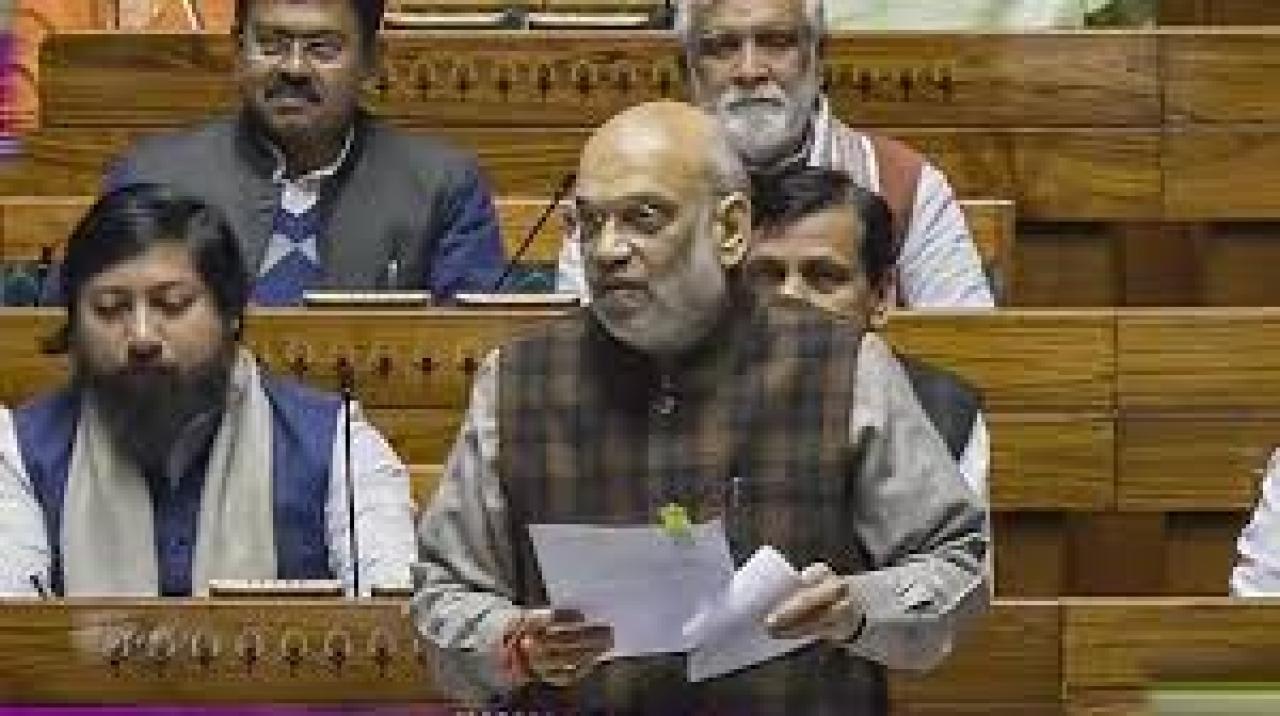
Philippine President Ferdinand Marcos Jr. on Friday, November 8, signed into law long-awaited legislation that operationalizes the Philippines’ historic 2016 Arbitral Award. “With these pieces of legislation, we align our domestic laws with international law, specifically the United Nations Convention on the Law of the Sea or UNCLOS, improve our capacity for governance, and reinforce our maritime policies for economic development and for national security,” said Marcos, in a speech after signing the twin laws.
The Philippine Maritime Zones Act sets the limits of the Philippines maritime entitlements, or the extent of the Philippines’ exclusive economic zone (EEZ) where it has the exclusive right to exploit and the responsibility to care for natural resources. The Philippine Archipelagic Sea Lanes Act, meanwhile, identifies the sea lanes through which both foreign ships and aircraft pass through. The lanes, according to the law, are identified as: Philippine Sea – Balintang Channel – West Philippine Sea.

Celebes Sea – Sibutu Passage – Sulu Sea – Cuyo East Pass – Mindoro Strait – West Philippine Sea Celebes Sea – Basilan Strait – Sulu Sea – Nasubata Channel – Balabac Strait – West Philippine Sea. “The passage of these two priority bills fully demonstrates our commitment as a responsible member of the international community and our advocacy to uphold rules-based international order,” added Marcos. Just hours after the laws were signed, China summoned the Philippines’ ambassador to file a diplomatic protest.
The Philippines and China have been at odds over the West Philippine Sea, or part of the South China Sea that includes the Philippine EEZ, with Beijing resorting to violence in trying to drive away Philippine ships. But what do these laws mean for a Philippines that’s trying to manage China’s expansive claims in the West Philippine Sea? What needs to be defined, anyway? When experts say the Maritime Zones Act “sets the limit” of the countries’ maritime entitlements, it doesn’t mean that we haven’t known this prior to the passage of the law. The limits and the extent of the Philippines’ maritime rights are already set by the UNCLOS, sometimes referred to as the “Constitution” of the world’s oceans, and further clarified by the 2016 Arbitral Award.
The award, the result of Manila taking Beijing to arbitration, affirmed the Philippines’ EEZ and also determined which features in the West Philippine Sea are low-tide elevations or high-tide elevations that generate their own territorial waters. The Maritime Zone Law also codifies or puts into law the terms “West Philippine Sea,” as well as “Talampas ng Pilipinas” or Philippine Rise, a feature also referred to as Benham Rise. Who benefits from these laws? For both fisherfolk and law enforcement agencies such as the Philippine Coast Guard, the law means clarity, explained maritime law expert Jay Batongbacal on the sidelines of the Manila Dialogue on the South China Sea.
Batongbacal said codifying or putting into law the extent of the Philippines’ maritime zone means law enforcement units have a clear-cut legal basis to “exercise particular types of jurisdiction.” For fisherfolk, including commercial vessels, it means knowing for sure where Philippine-issued licenses apply and when they should be reporting illegal poaching or fishing activities by local ships. “ Wala nang duda sa ngayon dahil malinaw na sa ilalim ng international law at sa sarili nating batas kung nasan ito.
So yung mapa na ‘yun, na iguguhit nila ayon sa batas, ‘yun ang parang final step na para talagang klaruhin kung hanggang saan ang atin ,” he added. (There’s no space for doubt because it’s clear under international law and our domestic laws where our limits are. So the map will be drawn according to that law.
That’s the final step to make clear what is ours.) The Archipelagic Sea Lanes Act, explained Batongbacal, covers the passage of military vessels and aircraft primarily. For the National Mapping and Resource Information Authority (NAMRIA), the passage of the two laws means being able to officially release and publish an updated version of the Philippine map that indicates the country’s maritime zones and archipelagic sea lanes, as soon as the Implenting Rules and Regulations of the two laws are released.
Why did it take so long? Senator Francis Tolentino, who chairs a special Senate committee on admiralty and maritime zones, praised Marcos for the “determination” in marking the two acts as priority measures. What the senator left unsaid was, perhaps, what came before Marcos: former president Rodrigo Duterte, who opted to set aside the 2016 Arbitral Award in hopes of keeping good ties with China. To be clear, talk — or in the case of Congress, debate — over a law that would define the country’s maritime zones is nearly two decades old.
It’s just that the issuance of the 2016 Arbitral Award upped the urgency of its passage. What’s next? Now that the Philippines has legislated the limits and given names to “the exact metes and bounds of our territorial sea, contiguous zone, exclusive economic zone all the way to the deep seabed,” it will then notify the United Nations. The steps following the Archipelagic Sea Lanes Law are different.
Based on UNCLOS, the Philippines will next declare its archipelagic sealanes before the International Maritime Organization (IMO), the “global standard-setting authority for the safety, security and environmental performance of international shipping.” Assistant Secretary Louis Alferez, speaking in the same Palace press conference, said it’s a “parallel process” of consultation among members of the IMO. “We are consulting with user-states about the viability of the designate sea lanes that we put into the law,” he said.
The passage of the law and the “parallel” process it’s undertaking makes the Philippines only the second country in the world to have submitted archipelagic sea lanes for the IMO to approve. It took Indonesia two years for consultations. “ Kasi para maging sigurado ka na susundin ‘yung rules, dapat it’s in accordance with the international system.
...
Mag-rereact sila. So ‘yun ang nangyayari diyan, usually kung sino ‘yung interesado, siya ‘yung nakakausap mo. The rest, kung hindi naman tingin nila, hindi naman sila dumadaan dito, they don’t react ,” explained Batongbacal.
(To be sure that the rules will be followed, it has to be in accordance with the international system. Members of the IMO will react. Usually what happens is that members who are interested will talk to you.
The rest, if they don’t pass here anyway, will not react.) The same process will be undertaken before the International Civil Aeronautics Organization (ICAO). Once it is approved, the IMO and ICAO will then issue a worldwide notice for vessels and planes telling them that “there are only three sea lanes to exercise commercial passage within Philippine archipelagic waters,” according to Tolentino.
Will this solve all our West Philippine Sea problems? Not really. Speaking to reporters in the Palace, Tolentino said he expects the laws to help “dilute” tensions in the Philippine EEZ, even as he acknowledged that “China is not recognizing this.” But, he argued: “The recognition, the imprimatur that we will be getting from the international community would strengthen our position.
” But it’s not like a law would make a country like China change its behavior overnight, or at all. “ Kapag nagpasa ba tayo ng isang batas na halimbawa sa Revised Penal Code, bawal ang pumatay, will it stop murder or homicide, ‘di ba? Kapag nagpasa ba tayo ng batas na bawal mag-commit ng cybercrime, will it stop? ” Tolentino told reporters. (If we pass a law saying killing is not allowed, would that stop murder or homicide? If we pass a law banning cybercrime, will it stop?) In the end, it will be up to the government — the National Maritime Council (NMC), to be exact — to craft a strategy on how these laws are to be implemented.
What these laws do not do, too, is codify the current Marcos administration’s policy on the West Philippine Sea. So whether the Philippines begins to explore the natural resources of the West Philippine Sea or the Philippine Rise, is completely up to the Marcos administration, and the administrations after it. – Rappler.
com.














